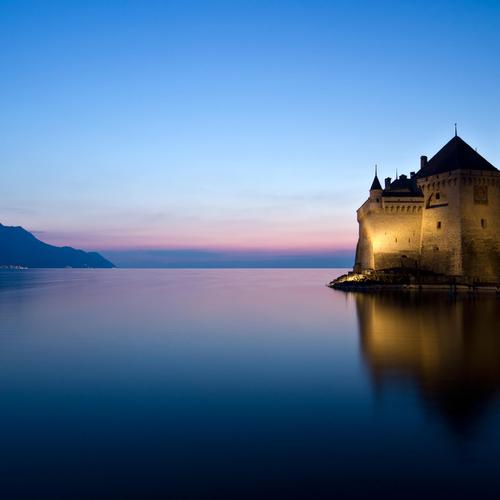Preserving Cultural Identity in the Face of Modernization and Globalization
As the world continues to rapidly evolve and modernize, many cultures around the globe are faced with the pressing challenge of preserving their unique identities. Modernization and globalization have brought about significant changes in society, including new technologies, trade, and cultures, that pose a threat to local customs, traditions, and values. However, as the world becomes more diverse, the need to preserve cultural identity has never been more crucial.
The Importance of Cultural Identity
Cultural identity is the foundation of any community, and it is essential for the preservation of values, traditions, and customs that have been passed down through generations. These values, traditions, and customs define a community’s identity and serve as a means of connection between members. Cultural identity strengthens social cohesion, promotes diversity, and fosters a sense of pride within communities. It also contributes to socioeconomic development and boosts tourism.
The Threat of Modernization and Globalization
The emergence of modernization and globalization has created a significant challenge in preserving cultural identity. As societies become more integrated, it has become increasingly challenging to safeguard local cultures and traditions. The adoption of western or foreign cultures in traditional societies has led to the erosion of cultural heritage and values. Also, modernization has brought about significant changes, including new technologies and globalization, that shift societal values and attitudes.
Preserving Cultural Identity
There are several ways in which cultural identity can be preserved in the face of modernization and globalization. Firstly, there is a need for increased awareness and education on the importance of cultural heritage. This can be achieved through initiatives such as heritage days, cultural festivals, and educational programs that promote the significance of cultural identity.
Secondly, innovation and creativity can be encouraged to promote cultural identity. This can be accomplished through the introduction of new technological innovations that are grounded in local cultures, customs, and values. For example, the promotion of locally made products that incorporate traditional designs and techniques.
Lastly, cultural tourism can also play a significant role in preserving cultural identity. By endorsing tourism that focuses on authentic cultural experiences, local communities can showcase their unique cultures and traditions and generate incomes that can support the preservation of their heritage.
Case Studies
Some countries have effectively preserved their cultural heritage in the face of modernization and globalization. For instance, Japan has preserved its heritage through strict regulations that ensure local cultures, styles, and beliefs are not lost. Secondly, India has adopted creative ways to promote its culture, such as hosting cultural festivals, promoting handmade products, and encouraging tourism to local historical sites.
Conclusion
The preservation of cultural identity in the face of modernization and globalization is a pressing challenge that needs to be addressed. It is critical to promote cultural awareness, education, and creativity while also exploring new ways to preserve heritage. The task of preserving cultural identity is a continuous process that requires the cooperation of various stakeholders in society. It is essential to recognize the significance of cultural heritage as a means of social and economic growth while also promoting the values of diversity and cultural tolerance.
(Note: Do you have knowledge or insights to share? Unlock new opportunities and expand your reach by joining our authors team. Click Registration to join us and share your expertise with our readers.)
